RF non-surgical procedures, especially Botox treatments, have revolutionized aesthetic medicine by offering effective, non-invasive solutions for facial rejuvenation. Botox involves injecting botulinum toxin to temporarily paralyze muscles, reducing wrinkles and providing quick recovery times. Other RF technologies like radiofrequency facelifts and microwave skin tightening address diverse skin concerns. Beyond aesthetics, Botox treats chronic migraines and overactive bladders. Its versatility, safety, and results make it a popular choice for subtle enhancements. A meticulous consultation, precise injection process, and post-care guidelines ensure optimal outcomes. Botox results typically last 3-6 months with regular top-ups recommended to maintain effects.
“Uncover the transformative power of RF Non-Surgical Procedures, particularly Botox treatments, in this comprehensive guide. We explore the science behind this popular anti-aging solution, its diverse applications from face to neck, and the step-by-step process involved.
Learn about safety considerations, potential side effects, and post-treatment care for optimal results. Additionally, we delve into the longevity of Botox’s effects, providing insights on how long the results can last. Discover why Botox treatments are revolutionizing skincare routines.”
Understanding RF Non-Surgical Procedures: A Comprehensive Overview
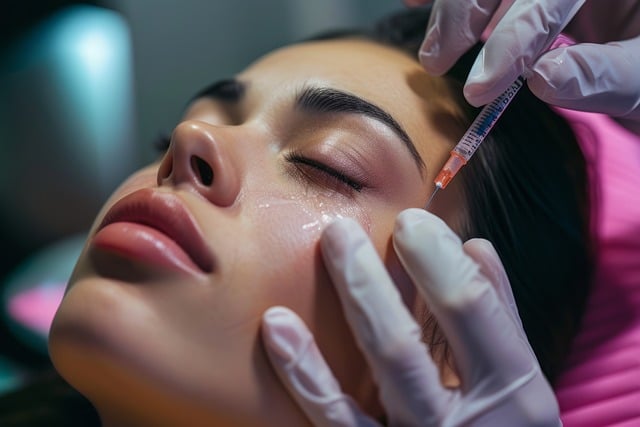
RF non-surgical procedures, including Botox treatments, have revolutionized aesthetic medicine by offering effective ways to enhance and correct various facial concerns without invasive surgery. These cutting-edge technologies utilize radiofrequency (RF) energy to stimulate collagen production and improve skin elasticity, leading to a more youthful appearance. By targeting specific areas, such as wrinkles, jowls, and double chins, RF treatments provide a non-invasive alternative to traditional surgical procedures.
Botox, a well-known RF non-surgical procedure, is commonly used for facial rejuvenation. It involves the injection of botulinum toxin into muscles to temporarily paralyze them, reducing the appearance of dynamic wrinkles. This minimal invasive approach has gained significant popularity due to its quick recovery time and impressive results. Beyond Botox, various other RF technologies, such as radiofrequency facelifts and microwave skin tightening, offer tailored solutions for different skin concerns, ensuring individuals can achieve their desired aesthetic goals safely and efficiently.
The Science Behind Botox Treatments and Their Benefits
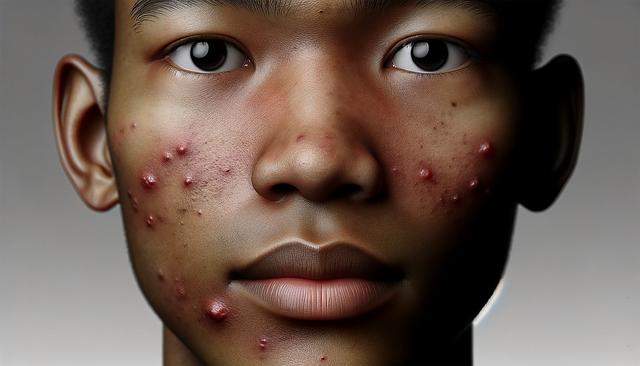
Botox treatments have become a popular non-surgical procedure, offering a range of benefits for those seeking to enhance their appearance. The science behind Botox revolves around its ability to temporarily paralyze or reduce the contraction of specific muscles. This effect is achieved through the injection of botulinum toxin, which blocks nerve signals that cause muscle movement. By targeting certain facial muscles, Botox can smooth out wrinkles and fine lines, providing a more youthful and relaxed appearance.
The benefits of Botox treatments extend beyond aesthetic improvements. For some individuals, it can alleviate chronic migraine headaches by preventing muscle contractions associated with pain signals. Additionally, Botox has been used to treat conditions like overactive bladder by temporarily relaxing the bladder muscles. This versatility, combined with its non-invasive nature and relatively quick recovery time, makes Botox treatments an attractive option for those seeking subtle yet effective enhancements.
Common Areas for Botox Applications: Face, Neck, and Beyond

Botox treatments have gained immense popularity for their non-invasive nature and impressive results in smoothing out skin and reducing the appearance of fine lines and wrinkles. The versatility of Botox is one of its key strengths, as it can be applied to various areas beyond just the face. Common targets include the facial regions, such as the forehead, glabellar lines (frown lines between the eyebrows), and perioral area (around the mouth). However, Botox’s benefits extend further, with many people opting for treatments on the neck to minimize platysmal bands (neck bands) and improve overall contour.
Additionally, Botox has found applications in other parts of the body, including the hands for treating excessive sweating (hyperhidrosis) and even the legs for cosmetic purposes. The versatility allows individuals to tailor their beauty regimens to specific concerns, making Botox a multifaceted solution in the realm of non-surgical procedures.
The Process: Step-by-Step Guide to Botox Injections
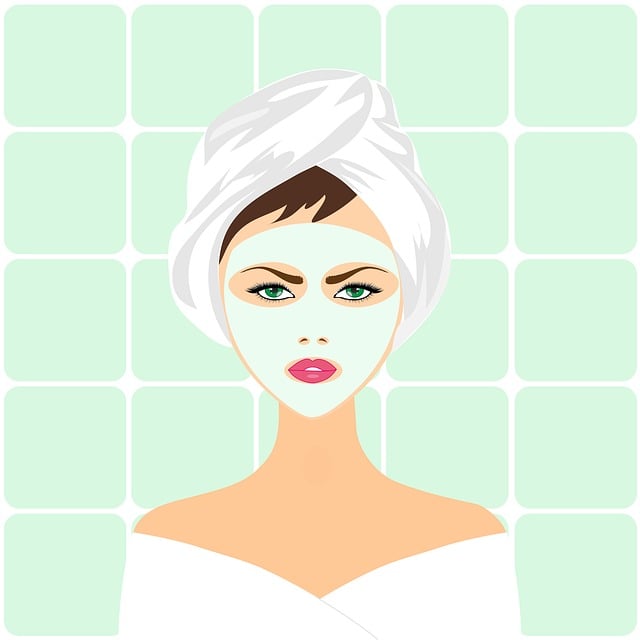
The process of Botox treatments involves a precise, step-by-step approach for optimal results. It begins with a comprehensive consultation where a qualified professional assesses your facial muscles and identifies specific areas targeting wrinkles or dynamic lines. This initial stage is crucial to ensure the injections are tailored to your unique needs.
Next, the area to be treated is thoroughly cleaned and prepared. A fine needle is then used to inject Botox into the targeted muscle groups, carefully avoiding blood vessels and nerve endings. The injections are usually quick and painless, with many patients comparing them to a slight pinch. Following the procedure, mild redness or swelling may occur temporarily, but these side effects typically subside within a few hours.
Safety and Side Effects: What You Need to Know Before Treatment
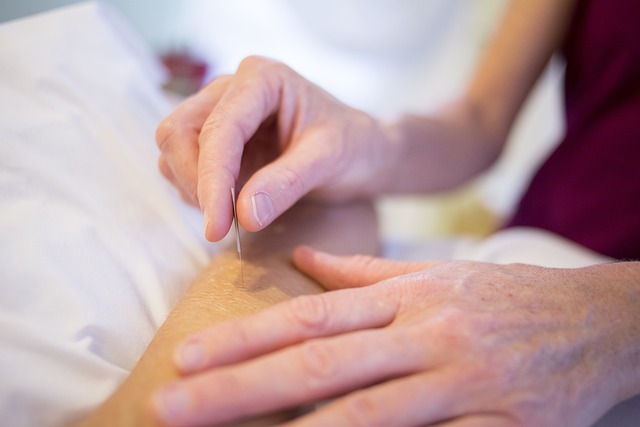
Before undergoing any RF non-surgical procedure, including Botox treatments, it’s crucial to understand the safety profile and potential side effects. These procedures are generally considered safe when performed by qualified healthcare professionals using approved techniques and products. However, as with any medical intervention, there are risks and considerations. Common side effects may include temporary redness, swelling, or discomfort at the injection sites. In some cases, patients might experience headaches, muscle weakness, or bruising. While rare, more serious reactions can occur, such as an allergic reaction to the medication or difficulty breathing. It’s essential to discuss these possibilities openly with your provider and review any pre-existing medical conditions that could impact treatment outcomes.
Post-Treatment Care: Tips for Optimal Results and Recovery
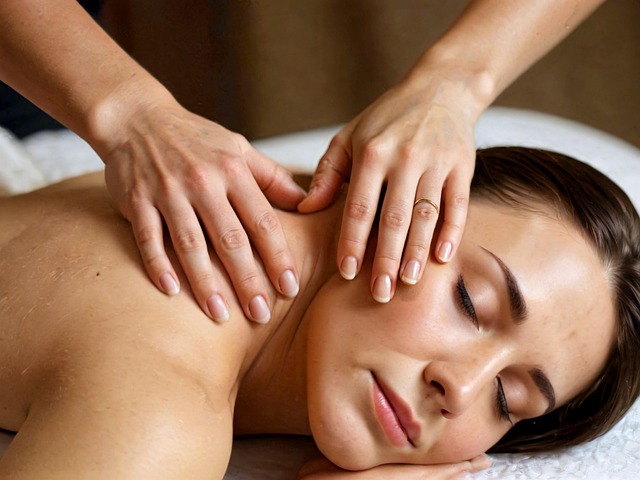
After undergoing any RF (Radio Frequency) non-surgical procedure, including Botox treatments, proper post-treatment care is essential for optimal results and a speedy recovery. Patients should start by resting and avoiding strenuous activities for the first 24 hours. Applying a cold compress to reduce swelling and discomfort in the treated areas is recommended. It’s crucial to keep the treatment sites clean and moisturized; using gentle, hypoallergenic products can aid in this process.
Additionally, patients must stay hydrated by drinking plenty of water, as it helps flush out toxins and supports skin healing. Avoid direct sun exposure and always use sunscreen when going outdoors. Refrain from makeup application until advised otherwise by your healthcare provider, as it might irritate the treated areas. Following these tips can significantly contribute to a smooth recovery process and enhance the final aesthetic outcomes of Botox treatments or any other RF procedure.
Exploring the Longevity of Botox: How Long Do the Results Last?
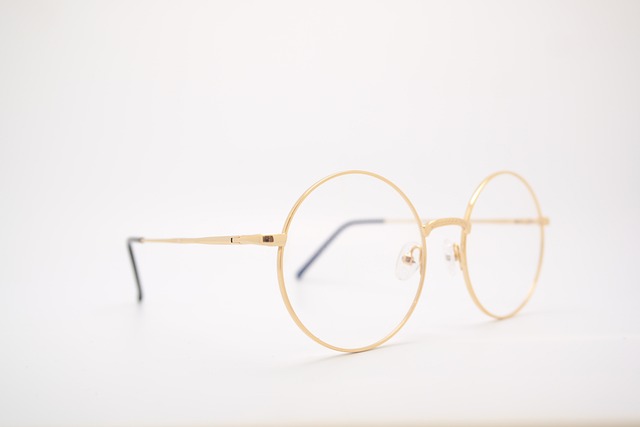
Botox treatments have gained immense popularity as a non-surgical procedure for various aesthetic goals, including reducing facial wrinkles and achieving a youthful appearance. One of the most commonly asked questions about Botox is, “How long do the results last?” The longevity of Botox effects varies depending on several factors, such as the area treated, the amount injected, and individual metabolism. On average, the results of Botox treatments can last anywhere from 3 to 6 months.
While this may seem like a relatively short duration, it’s important to understand that Botox works by relaxing specific muscles, which prevents them from contracting and causing wrinkles. This process allows for a significant reduction in the appearance of fine lines and furrows, providing patients with a more relaxed and rejuvenated look. Moreover, regular top-ups every 3-6 months can maintain the desired results, ensuring patients continue to enjoy the benefits of smoother, younger-looking skin.
